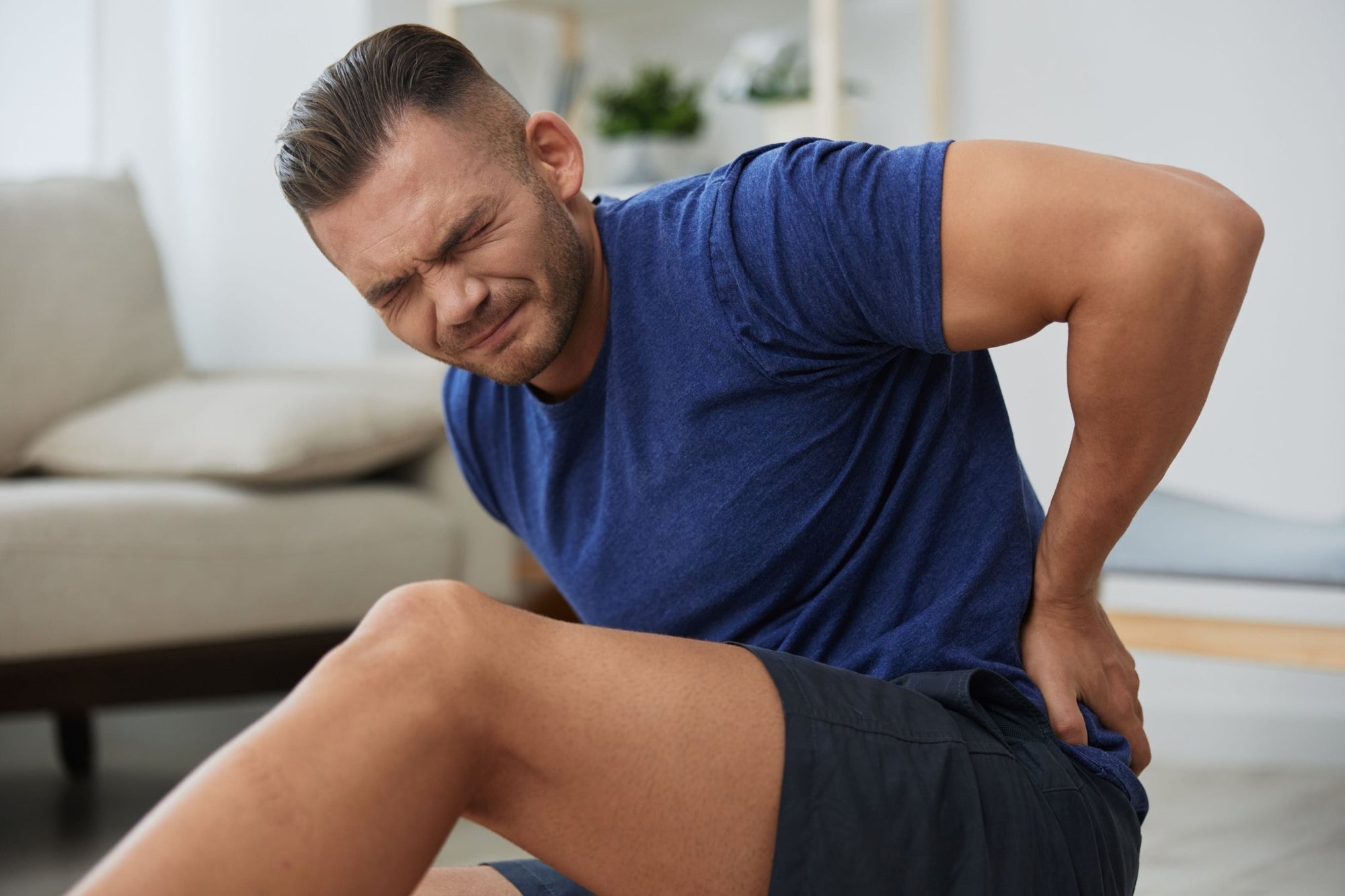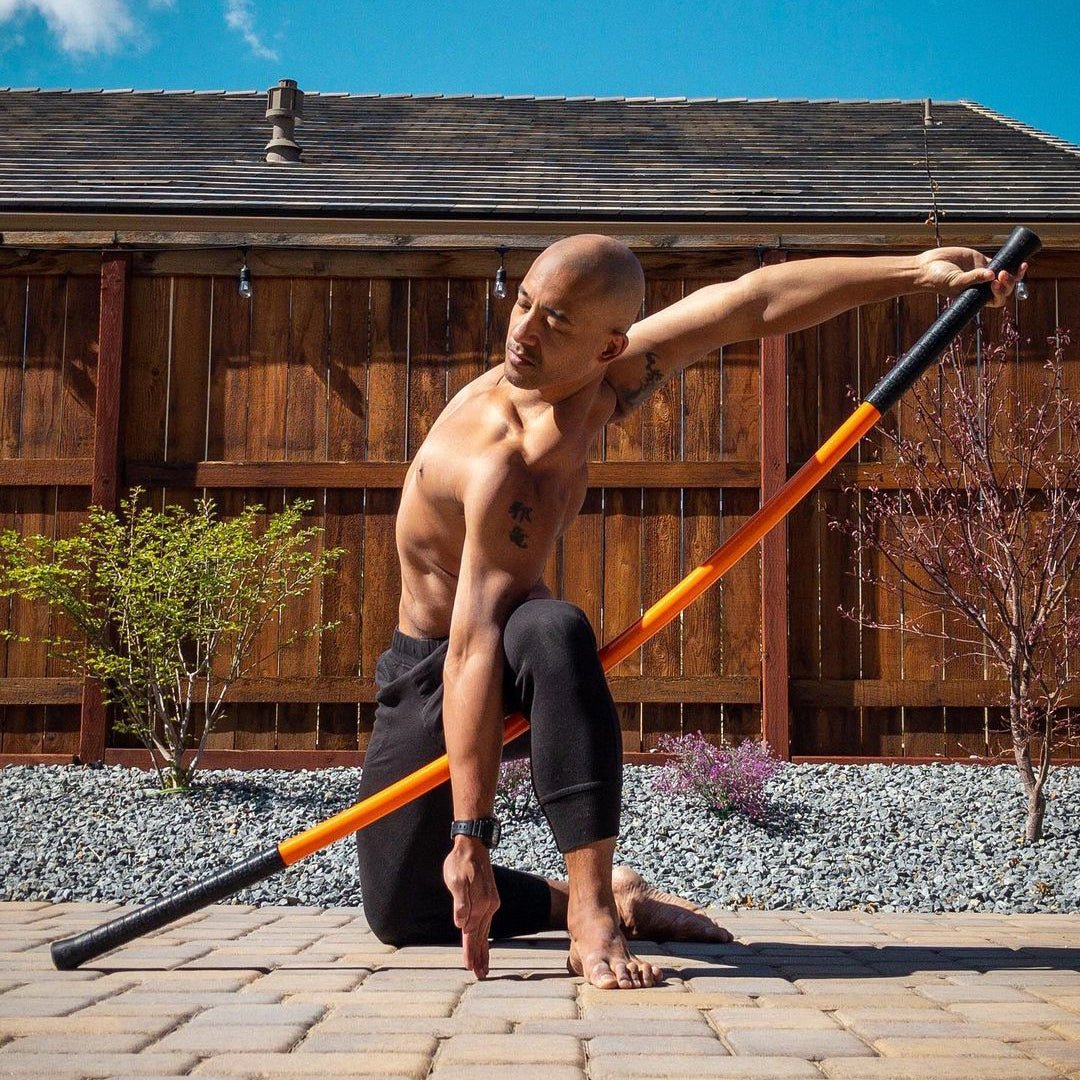The importance of mobility is understated. The importance of mobility for seniors and elderly adults receives slightly more attention - but not nearly enough. Until an individual’s movement is restricted, the ability to move freely and confidently is often taken for granted.
The challenges that come with limitation of movement are typically more noticeable as we age. In this respect, most people relate mobility and seniors to something along the lines of a rehabilitation setting. However, mobility training for seniors and middle-aged adults is not exclusively reserved for clinics and medical settings. It can happen at the gym, outside or at home.

The benefits of incorporating mobility exercises into a daily routine reach beyond helping a patient become physically well enough to be released from medical care. Seniors and older adults that continue to move and work on their ability to move have access to a better quality of life.
Whether it’s playing golf or tennis, going for a walk, cooking dinner or taking out the trash, these activities shouldn’t be an enormous burden on one’s quality of life. They certainly don’t have to be.

What seem like easy activities can be extremely challenging for senior adults with limited mobility. Obviously, our bodies change as we grow older. Muscle mass and bone density decreases are notable, among other things. Challenges in movement can be serious disruptors to health and quality of life.
But growing older doesn’t have to be an insurmountable obstacle to one’s daily life. A little bit of care and attention can help ensure that you maintain adequate physiological capabilities as you age. The benefits of mobility training are extensive, and it doesn’t take much to see improvement.
Preventative Maintenance
The best tool to ensure adequate mobility as we age is preventative work. Think of the body as a machine. Like an automobile, the human body requires regular care and maintenance to continue functioning at its best.
Most machines, even with the best care available, begin to show signs of aging. With proper attention, they can continue to operate adequately. With extra effort, these aging machines can run like new.
The same can happen for humans as we age. Yes, preventative action is the best method, but sometimes life happens in the form of injuries, time constraints and all sorts of other disruptions. But it is possible to get the human body “back up and running” after setbacks or periods of inactivity.
Resuming activity and regaining mobility for seniors may not be easy. Losing mobility often has a snowball effect of causing additional limitations on movement. However, generally speaking, it is possible to regain function to start moving better and feeling better, even for older individuals.
More Than a Tool for High Performance
Don’t let superfit gymgoers, athletes and fitness models intimidate you. Yes, Stick Mobility is a great tool for pro athletes and those involved in high performance physical activity, but what makes it unique is the versatility in application of training.
Stick Mobility can be used at any level and in a variety of settings. The same tool that professional football and basketball players use is also often incorporated into home workouts of regular people and into physical therapists’ regimens with their patients.
Why? Because it works.
The combination of joint mobilization and active stretching can be focused on single joint or larger area of the body. It can also be much broader and focus on movement in general. The way Stick Mobility Training works is that it combines joint mobilization and active stretching with strength training. Working with the training sticks can help to strengthen muscles and stabilize joints, while also increasing range of motion.
People who have better mobility - this is particularly noticeable with older individuals - have better coordination and greater stability and strength in their movement. Those with better mobility are less likely to have joint pain. They are less likely to incur injury during exercise or simple movements. Joints will also have more stability to resist outside forces.

All of this comes together for better, more confident movement. Whether you are training for competitive sports or daily life, confidence and quality of movement are essential. Something as simple as better movement allows us to engage in more activities and leads to a better quality of life.
Don’t Take it From Us
Of course, we wholeheartedly believe these Training Sticks have wide-ranging benefits for many types of people. But don’t just take our word for it. Here’s what a few Stick Mobility users have to say:
Tetsuo, age 79
“I gave up yoga after 3 months. I’m a 79-year-old man with stability problems because of my bad knees. With the 3 sticks, I’m confident I’ll be able to do some major Stick Mobility exercises. I believe I found a sure solution for my persistent stability problem.” - Tetsuo D.
Marc, age 67
“(A) pretty active but life has taken a toll on my body parts. I've had right rotator cuff surgery and have a tear in my left, BUT I’m not ready for surgery. I have upper/lower spine spurs, degeneration and bone loss in hip, spine and neck.
"I was finding it hard to do any exercise. Saw these sticks on my Facebook feed, so I ordered them… put YouTube on tv, did the beginners video and it was amazing. Worked me, stretched me, and I could do it without pain.
"So simple but sometimes the simplest is the best. They are made high quality, and I actually felt good when I was done. SO THANK YOU!!” - Marc D.
Pat, age 55
“Stick Mobility has literally changed my life. At 36, I herniated C6/C7, struggled with mobility and suffered from chronic pain. I am now 55! I am stronger and more flexible than I have been in decades. I'm an avid golfer and strive to be the best I can be, Stick Mobility has given me the opportunity to do just that! I use Stick Mobility everyday!" - Pat J.
Shop Training Sticks and Start Moving Better Today!
Scott, age 63
"I’m 63 years old and started working out 5 months ago. My trainer introduced me to Stick Mobility and the ways it can be used to open joints, help in recovery after heavy workout days, etc. Just today, I started watching the Stick Mobility videos and realized how much I could use these at home on my own.
"My body has begun to change dramatically for the better. I’m amazed at the progress I’ve made and the sticks have been an integral part of the entire routine.
"I would recommend them to anyone looking to overcome the aches and creaks that come with aging.” - Scott C.
Janie, age 60s
"Been physically active my whole life. After a hip replacement at 61, my iliopsoas became an issue. Physical therapy wasn’t helping. I wasn't able to workout in the gym because my hip flexor was that weak.
“I saw a Stick Mobility video and instantly felt this was going to rehab me in a way that I had full control with the intensity and duration. It actually is helping to release bands in my back that held my QL hostage. The balance I am gaining throughout my body is addressing old issues and correcting them. I haven't been in the gym for 2 years, and now I am sure I will be back and stronger than before.
“I hope others will take a chance and know that, no matter what age and skill, you can become more agile, balanced and strong!" - Janie B.
Anthony, age 67
“I was hesitant to buy a set, but now that I have them I realize that my spine and shoulders get an amazing stretch. I have been practicing yoga for over a decade, and now, at 67, I find that these can help you in poses and also to stretch in new ways. The ability to push on them and get a contraction really accentuated some poses.” - Anthony P.
What Can Mobility Work Do for You?
Progress can be made at any age, and it doesn’t have to be measured by numbers on a scale, inches around your waist or how fast you can run. Progress can also be measured in your ability to perform a task and how you feel.

Mobility work can be a tremendous help to seniors (and anyone, for that matter) to move and feel better. This increases your willingness to do more, to move more. It’s a domino effect. With regular attention to mobility, you will soon move better, move with greater confidence, progress further and, perhaps most importantly, feel better.


